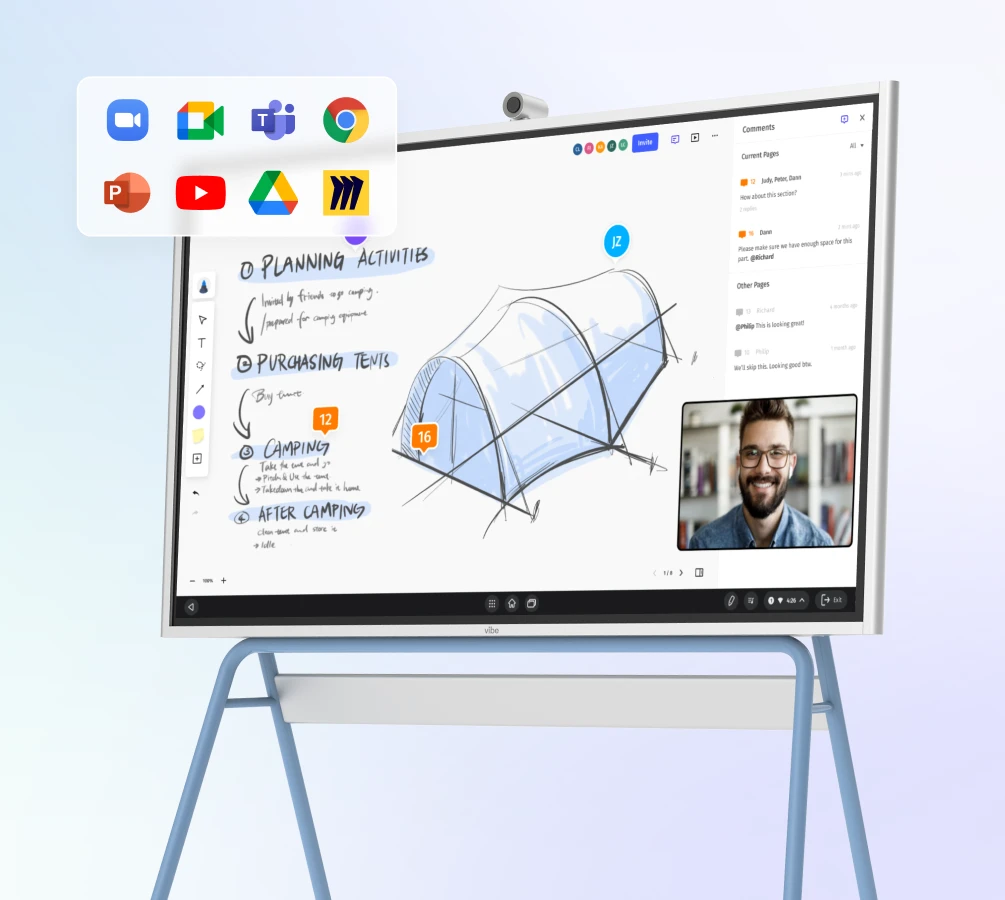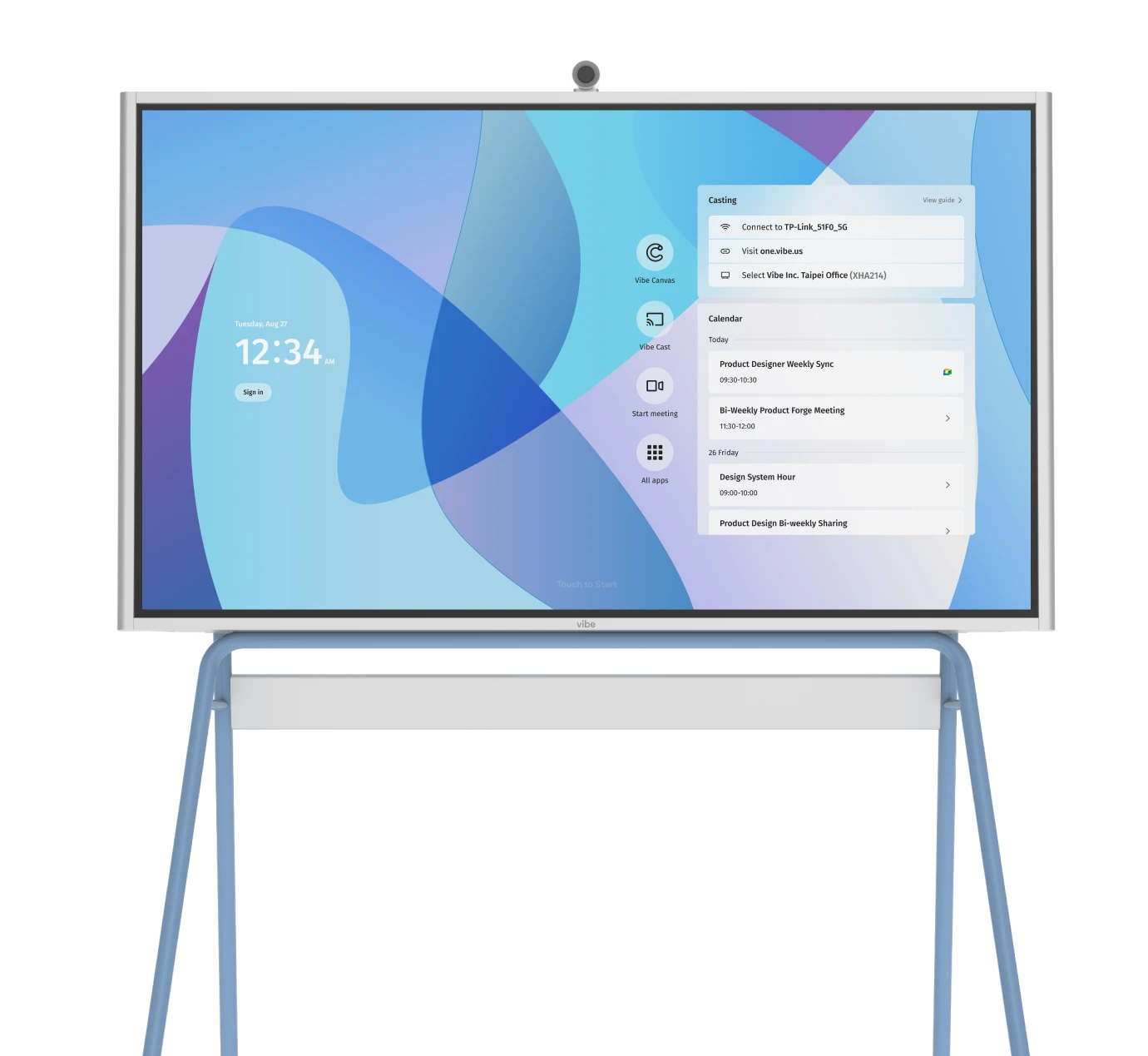The ability to collaborate effectively across distances has become a critical skill for modern workers. Whether your team is fully remote, hybrid, or occasionally distributed, mastering remote collaboration can vastly improve your organization’s productivity and culture. Let’s explore how to make remote teamwork not just functional, but exceptional.
What is Remote Collaboration?
Remote collaboration is the process of working together from different locations using digital platforms to achieve common goals. It brings distributed teams together through technology, enabling them to communicate, share ideas, and work on projects regardless of their physical location. Unlike traditional office collaboration, remote teamwork relies heavily on digital tools that facilitate real-time communication, file sharing, and project management across geographical boundaries. It’s essentially a virtual workspace where team members can interact, brainstorm, and make progress on shared objectives without being in the same room.
At its core, remote collaboration involves the integration of various technologies that enable employees to share ideas, exchange information, and work collectively on tasks or projects in real time, despite being geographically dispersed. This approach to work has revolutionized how organizations operate, breaking down location barriers and opening new possibilities for teamwork.

Why Has Remote Collaboration Become Essential?
The landscape of work has undergone a dramatic transformation in recent years. Remote collaboration has shifted from a nice-to-have option to an essential business capability for several compelling reasons.
The COVID-19 pandemic accelerated this transition, forcing organizations to adapt quickly to remote work models. According to a Gartner survey, about 50% of companies had 81% or more of their employees working remotely during the pandemic. Even as the immediate crisis has passed, many organizations have maintained flexible work arrangements.
Beyond pandemic response, remote collaboration has become crucial for supporting globalization and cross-border teamwork. As businesses expand internationally, the ability to coordinate effectively across time zones and cultures has become a competitive advantage.
Digital transformation initiatives have also driven the adoption of remote collaboration tools and practices. Organizations seeking to modernize their operations recognize that effective remote collaboration is a cornerstone of a future-ready workplace. Perhaps most importantly, employee expectations have shifted. Today’s workforce increasingly values flexibility and work-life balance, with many professionals preferring arrangements that include some remote work options.
The Benefits of Remote Collaboration for Distributed Organizations
Remote collaboration offers numerous advantages that extend beyond mere convenience, creating tangible value for both organizations and their team members. From financial savings to environmental impact, these benefits make a compelling case for investing in robust remote work capabilities.
Cost Reduction
One of the most tangible benefits of remote collaboration is significant cost savings. Companies can reduce expenses related to office space, utilities, supplies, and other overhead costs. For example companies save massively on real estate costs by allowing employees to work remotely, cutting needed office space and saving millions. These savings extend to employees as well. Remote workers save approximately $7,000 annually on commuting costs, food, clothing, and childcare compared to in-office employees.
Improved Productivity and Focus
Many employees report higher productivity when working remotely. Without office distractions and lengthy commutes, team members can often focus better on their tasks and manage their energy more effectively. Research shows that collaborative employees are more likely to persist with tasks than those working alone. When remote collaboration tools are implemented effectively, this productivity advantage can be maintained or even enhanced in distributed teams.

Access to Distributed Talent and Diverse Perspectives
Remote collaboration enables organizations to hire the best talent regardless of location. This global talent pool brings diverse perspectives, experiences, and ideas to the table, fostering innovation and creative problem-solving. Companies can build more inclusive teams with varied backgrounds and experiences, which often leads to better decision-making and more innovative solutions to complex problems.
Work-Life Balance
Remote collaboration offers employees greater flexibility to balance professional responsibilities with personal needs. This flexibility allows people to work during their most productive hours and better manage family commitments. Improved work-life balance leads to higher job satisfaction, reduced burnout, and better employee retention. Studies show that employees who can work from home for at least one day a month are happier with their jobs.
More Teamwork and Collaboration
Contrary to common concerns, well-structured remote work can actually increase collaboration. Digital platforms make it easier to document discussions, share information, and involve the right people at the right time. Virtual collaboration tools enable teams to work together seamlessly across departments and locations, breaking down traditional silos that might exist in physical offices.
Environmental Impact
Remote work significantly reduces commuting, which decreases carbon emissions and traffic congestion. With fewer people traveling to centralized offices each day, organizations can substantially lower their environmental footprint while contributing to sustainability goals.
Common Challenges in Adopting Remote Collaboration
Despite its many benefits, remote collaboration comes with distinct challenges that teams must overcome to be successful. Recognizing these potential obstacles is the first step toward developing effective strategies to address them and create a thriving remote work environment.
Communication Barriers and Misalignment
Without face-to-face interaction, messages can be misinterpreted, and important context can be lost. Text-based communication lacks the nonverbal cues that help convey tone and intent, sometimes leading to misunderstandings. Teams may also struggle with information silos, where critical updates aren’t shared broadly enough, causing misalignment on priorities or approaches.

Technology and Connectivity Issues
Remote collaboration relies heavily on technology, making technical glitches and connectivity problems significant obstacles. Slow internet connections, malfunctioning equipment, or platform incompatibilities can disrupt workflows and cause frustration. In some cases, teams may be relying on legacy systems or outdated hardware that aren’t optimized for modern remote collaboration, which can further hinder performance and user experience. Not all team members may have equal access to reliable technology or high-speed internet, creating inequities in participation and contribution.
Team Cohesion and Culture
Building and maintaining strong team relationships is more challenging in remote environments. Without casual office interactions, teams may struggle to develop the trust and camaraderie that fuels effective collaboration. Cultural differences can become more pronounced in remote settings, requiring intentional efforts to bridge gaps and create inclusive practices.
Security and Data Protection
Remote work introduces new security challenges as sensitive information travels across various networks and devices. Organizations must ensure that their collaboration tools and practices protect confidential data while still enabling productive teamwork.
Asynchronous Work Times
When team members work across different time zones, coordinating real-time collaboration becomes complex. Finding suitable meeting times that don’t require someone to work during their personal time can be challenging. Delays in responses due to time zone differences can slow down decision-making processes and project momentum if not properly managed.
10 Strategies for Mastering Remote Collaboration
Successful remote collaboration doesn’t happen by accident. It requires intentional planning and implementation of specific practices. The following strategies provide a comprehensive framework for teams looking to excel in distributed work environments, addressing common pain points while maximizing the benefits of remote collaboration.
1. Establish Clear Communication Guidelines
Create structured communication protocols that specify which tools to use for different types of communication. Determine when to use video calls versus messaging platforms and establish expectations for response times. Document these guidelines and ensure all team members understand and follow them consistently. Clear communication norms help prevent information from getting lost and ensure everyone knows how and where communications should occur.
2. Build Strong Team Relationships
Take time to learn about each team member’s strengths, work styles, and preferences. Schedule virtual social gatherings like coffee chats, game nights, or happy hours to help employees make meaningful connections outside of work-related tasks. Encourage peer mentorship and buddy systems, especially for new team members. These relationships form the foundation of effective remote collaboration and help team members feel comfortable sharing ideas.

3. Set Precise Goals and Expectations
Clearly define roles, responsibilities, deadlines, and available resources for each team member. Use project management tools to document and track tasks, ensuring clarity and accountability. When everyone understands what they need to contribute and how their work fits into the bigger picture, remote teams stay aligned and focused on common objectives.
4. Create Effective Meeting Practices
Transform your virtual meetings by preparing detailed agendas, assigning clear roles, and documenting decisions and action items. Consider implementing different meeting formats like daily stand-ups, status updates, and brainstorming sessions to keep remote teams productive and engaged. Be mindful of meeting fatigue and only schedule gatherings when necessary. Make sure every meeting has a clear purpose and outcome.
5. Foster a Culture of Trust and Accountability
Start from a position of trust with your employees and build a culture where team members reliably deliver on commitments. Focus on outcomes rather than monitoring activity or time spent working. When remote workers feel trusted, they’re more likely to take ownership of their work and be invested in the company’s success.
6. Centralize Information Sharing
Develop a comprehensive knowledge base where employees can easily access important information without extensive searching. Standardize documentation practices and organize information logically so it remains clean and navigable as your knowledge repository grows. Use cloud-based collaboration tools that allow real-time editing and commenting on shared documents, ensuring everyone works from the most current information.
7. Balance Synchronous and Asynchronous Work
Recognize when real-time collaboration is necessary and when team members can work independently. Asynchronous communication helps protect focus time and accommodates different time zones, while synchronous sessions are valuable for complex problem-solving and relationship building. Document synchronous discussions thoroughly so team members who couldn’t attend can stay informed and contribute later.
8. Prioritize Inclusivity and Safety
Create an environment where everyone feels comfortable speaking up and sharing ideas. Promote active listening, encourage diverse perspectives, and ensure all team members have opportunities to contribute, regardless of their location or communication style. Be mindful of different cultural backgrounds and communication preferences, adapting your approach to include everyone effectively.
9. Celebrate Successes and Learn from Failures
Acknowledge team and individual achievements through virtual recognition programs. After completing projects, conduct retrospectives to identify what worked well and what could be improved. This reinforces team cohesion and creates a culture of continuous improvement, which is especially important when team members don’t have the benefit of casual office interactions to build rapport.
10. Utilize the Top Remote Collaboration Tools
Implement a thoughtful technology stack that supports your team’s specific needs. Essential tools for remote collaboration include:
-
Video conferencing platforms like Zoom, Microsoft Teams, or Google Meet for face-to-face interactions
-
Project management software such as Asana, Trello, or Monday.com to track tasks and deadlines
-
Digital whiteboards like Mural or Miro for visual collaboration and brainstorming
-
Communication platforms such as Slack or Microsoft Teams for quick exchanges
-
Document collaboration tools like Google Workspace or Microsoft 365 for real-time editing
-
Cloud storage solutions for file sharing and access
 Man annotating on a Vibe Board during an online team meeting.
Man annotating on a Vibe Board during an online team meeting.Choose remote collaboartion tools that integrate well with each other to create a seamless workflow and minimize context switching.
Vibe Boards: The Premier Remote Collaboration Hub
Remote collaboration relies heavily on technology, making technical glitches and connectivity problems significant obstacles. Vibe Boards offer a comprehensive solution that addresses these challenges by combining interactive hardware and intuitive software for seamless remote teamwork. This all-in-one smart whiteboard for conference room solution features a 55″ 4K touchscreen with an infinite canvas for real-time brainstorming, presenting, and training that teams can access from anywhere in the world. Vibe Boards run on VibeOS (based on ChromeOS) and supports multiple simultaneous collaborators, eliminating many of the technical barriers that typically disrupt remote workflows. With robust integration capabilities for popular workplace tools like Microsoft 365, Zoom, Google Workspace, and over 250 others, the Vibe Board S1 makes it easy to import documents and annotate them during meetings without disrupting your existing workflow. By leveraging this powerful collaboration tool alongside the strategies outlined above, your organization can master remote collaboration regardless of physical location and create more effective meetings with stronger team connections.
 Vibe Board displaying team collaboration on Vibe Canvas, an online whiteboard app.
Vibe Board displaying team collaboration on Vibe Canvas, an online whiteboard app.







-1sbltxxq4FYxHrXrwJVLsCDNsXpqNa.webp)
-5Zp0pmSytvcuYDVs1LvuwplKuRneK0.webp)
